OK, it's plastic & expensive too.
First impression when tested @ home, was massive available volume w'out feedback (in the kitchen) , almost zero handling noise and very natural voice, with very little EQ needed, which makes a very good mic very good.
The mic feels good in my hand, even though it's plastic. The mic stand yoke works perfect, easy & silent mic mounting and dismounting.
The cardioid shape is very accurate, so its easy to control the songs with shouting parts in them by simply moving the mic sideways or up or down by 3-5 cm. The open/close switch is smooth, silent & perfectly positioned, I use it plenty between numbers. A bass cut would be nice, but the mixer has that, s'pose it's OK w'out.
The whole md431 mic/sono really comes to life at the venue/gig, with "massive" available gain before feedback and very clean voice right to the limits of the slider pots, so I can now hear my vocal expressions over & above the whole band and this mic doesn't collect much other on stage noise.
A new experience for me, not needing carburant to keep my voice running smoothly.
I have never paid more than €200 for a mic before, this is a big € jump for me, but I think it's an OK jump for the results I'm getting.
I'm pleased to have/use this mic, even though it's plastic.
Thomann got it here in 3 days 👍


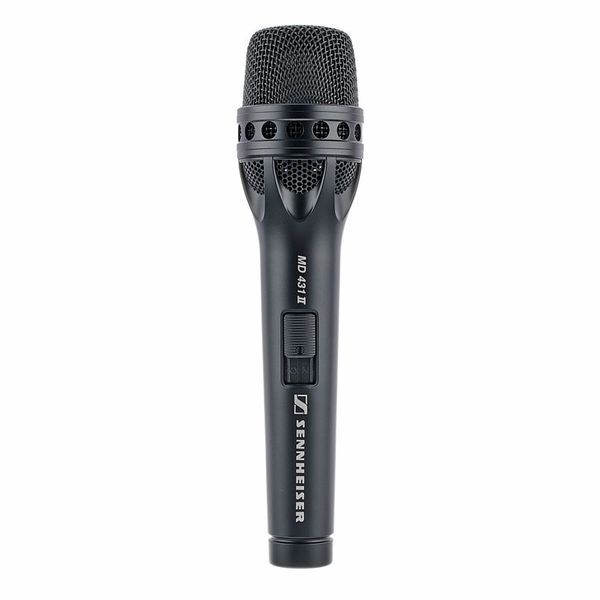
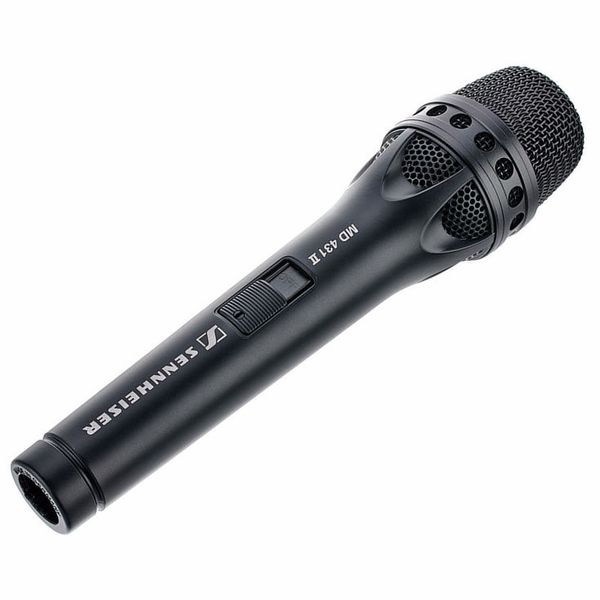
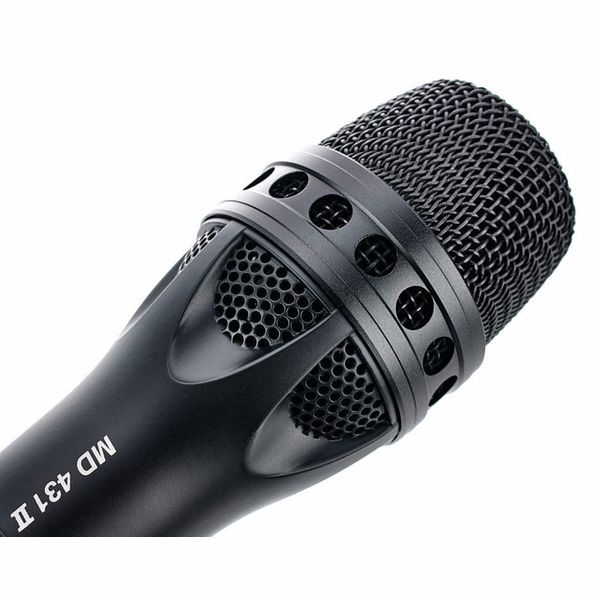
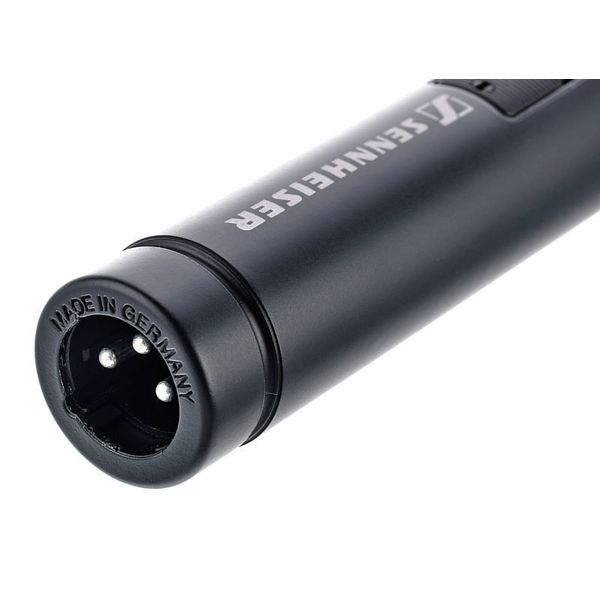
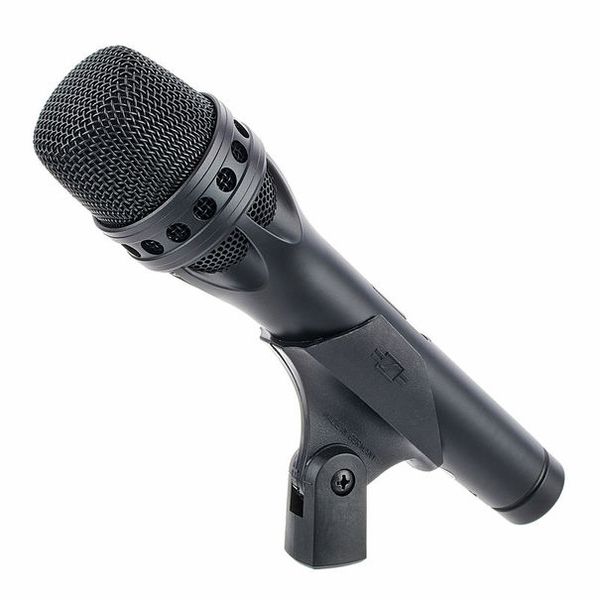
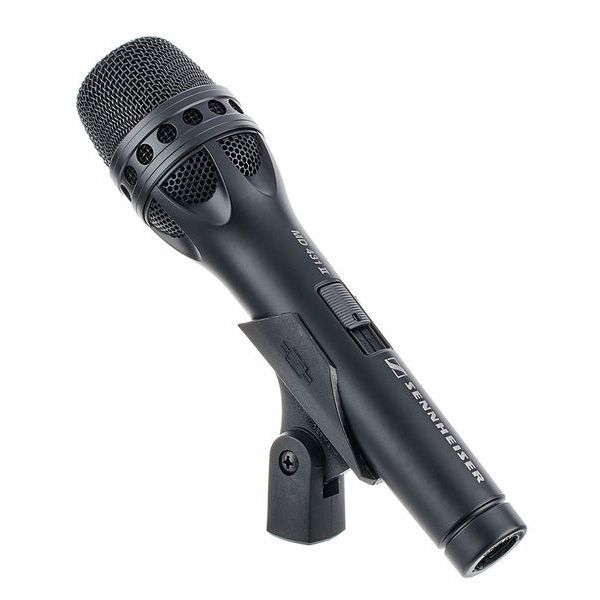
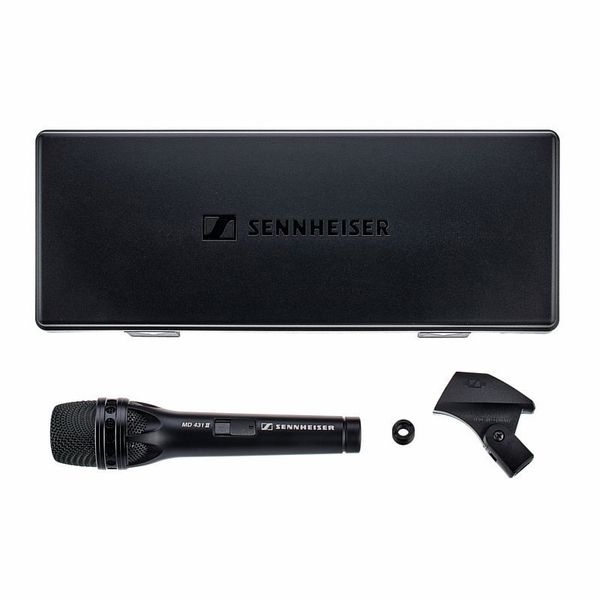
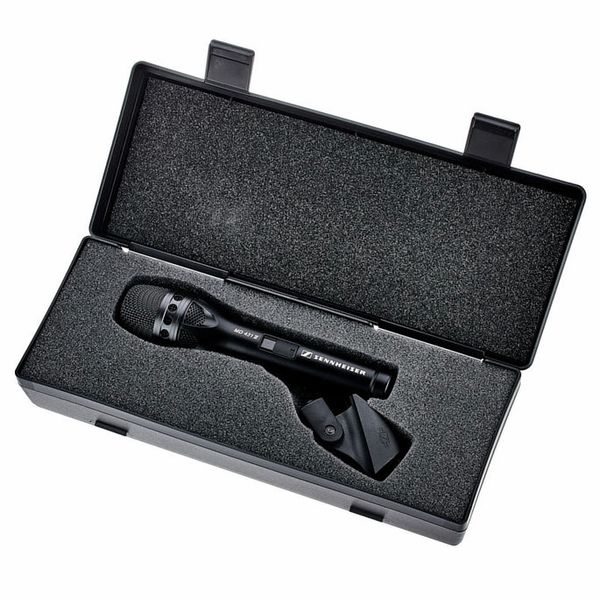








)
)
)
)


